
7 Best Practices for Using Dump Truck Hydraulic Hoist Effectively
In the world of construction and heavy lifting, the Dump Truck Hydraulic Hoist stands out as an indispensable tool for efficient material handling and transportation. This innovative mechanism not only streamlines the process of unloading but also enhances productivity on job sites. However, to fully harness the capabilities of a Dump Truck Hydraulic Hoist, it is essential to adopt best practices that ensure its effective and safe use. This guide delves into seven key practices that will help operators maximize the performance of their hydraulic hoists while minimizing risks. From understanding load limits to maintaining equipment integrity, these practices are designed to empower users with the knowledge and techniques necessary for optimal operation. Whether you are a seasoned professional or new to the industry, following these best practices will facilitate smoother workflow and enhance safety on the job.
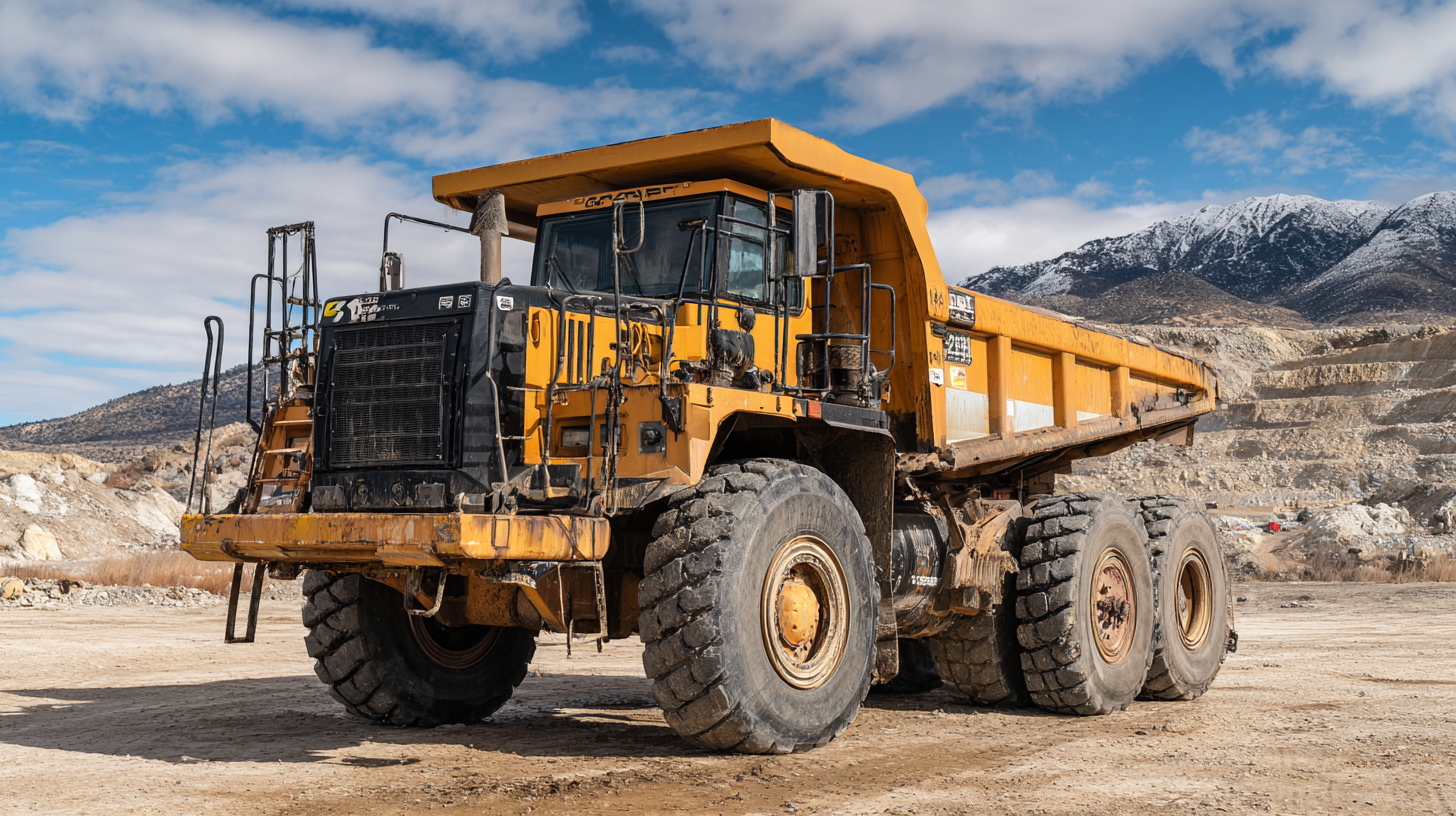
This image illustrates the 7 best practices that are crucial for operators to follow when utilizing a hydraulic hoist. Each of these practices plays a significant role in ensuring the efficiency and safety of operations, making it easier to manage heavy loads and maintain effective workflow on worksites.
Understanding Hydraulic Hoist Mechanics in Dump Trucks
Understanding the mechanics of hydraulic hoists in dump trucks is crucial for enhancing efficiency and safety. Hydraulic hoists operate through a system of hydraulic cylinders and pumps that utilize fluid pressure to lift heavy loads. This technology not only allows for quick unloading but also minimizes wear on mechanical parts, ultimately leading to reduced maintenance costs. The invention of the hydraulic dump bed has revolutionized the way materials are transported, allowing for greater payloads and efficiency in construction and logistics.
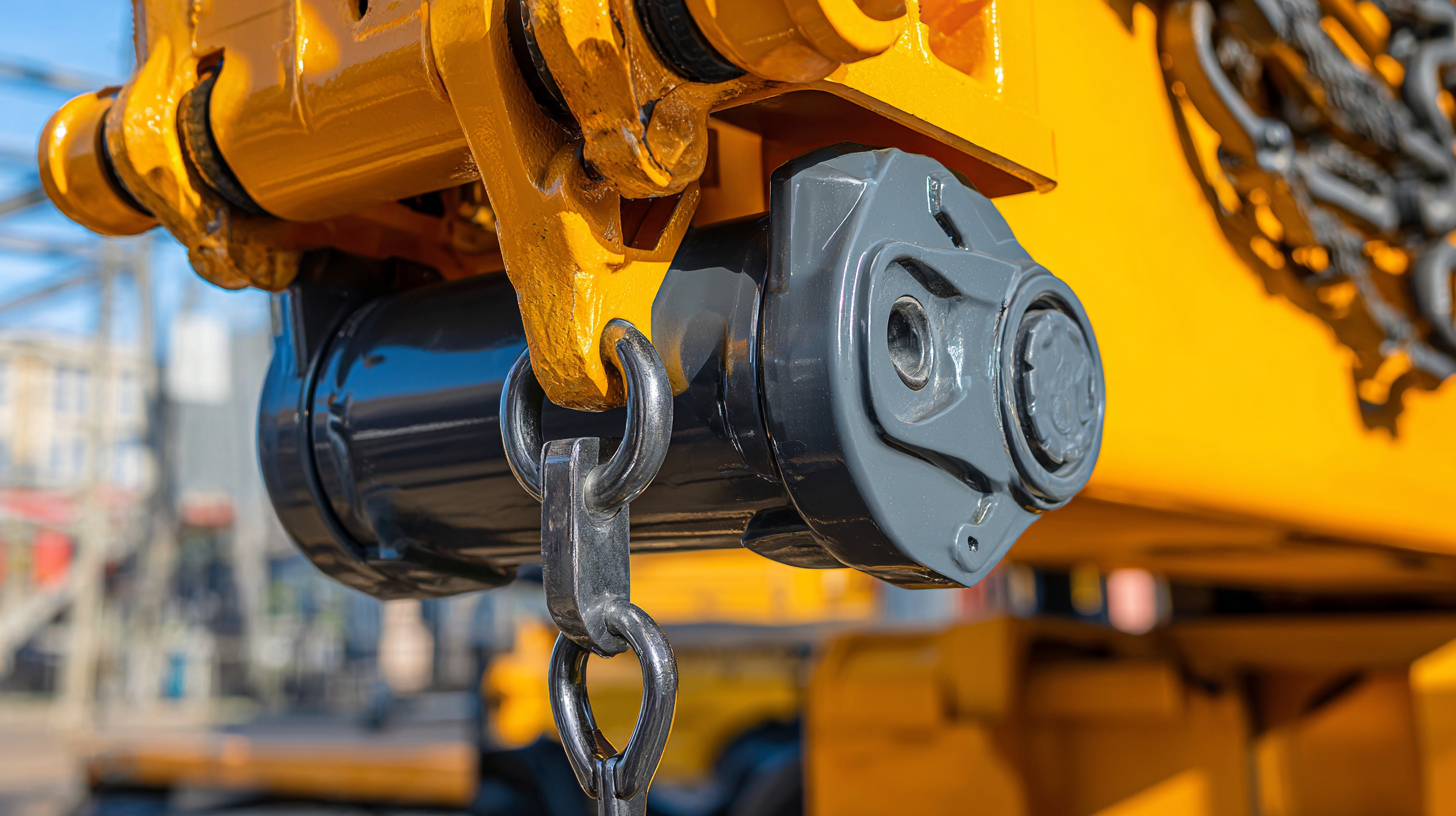
As seen in recent advancements within the industry, manufacturers are continuously upgrading their designs to incorporate more efficient hydraulic systems. Features such as improved hydraulic pumps and integrated safety devices are becoming standard in new models. These innovations not only enhance the performance of hydraulic hoists but also ensure safer operations, preventing accidents caused by failures in the hoisting mechanism. Understanding these mechanics can help operators utilize dump trucks more effectively, optimizing their workload while adhering to safety standards.
Key Safety Guidelines when Operating Dump Truck Hoists
When operating dump truck hydraulic hoists, safety should always be the top priority. According to a study by the Occupational Safety and Health Administration (OSHA), improper use of hydraulic lifts accounts for nearly 20% of all forklift-related injuries. To minimize risks, operators should receive thorough training on the specific hoist systems used in their trucks, ensuring they understand the mechanics and limitations of their equipment. Regular inspections and maintenance are also critical; the National Association of Small Trucking Companies (NASTC) emphasizes that 75% of accidents result from equipment failures that could have been prevented with routine checks.
Additionally, implementing proper loading techniques can greatly enhance safety. According to data from the American Trucking Associations (ATA), overloading is a common cause of hydraulic hoist failures. Operators should adhere to the manufacturer's load recommendations and use weight distribution strategies to maintain stability during lifting. Moreover, establishing a clear communication protocol among crew members can prevent accidents, as unexpected movements can lead to serious injuries. Effective use of hydraulic hoists not only safeguards personnel but also optimizes operational efficiency, making attention to safety practices essential in the dump truck industry.
Regular Maintenance Practices to Enhance Hoist Efficiency
Regular maintenance of dump truck hydraulic hoists is crucial to ensure their efficiency and longevity. One of the most important practices is to perform routine inspections. This includes checking hydraulic fluid levels, inspecting hoses for wear and tear, and ensuring that all connections are secure. Maintaining optimal fluid levels not only prevents overheating but also keeps the hydraulic system functioning smoothly. Regular inspections can help identify potential issues before they escalate into costly repairs.
Another key aspect of maintenance is cleaning. Hydraulic hoists can accumulate dirt, debris, and contaminants that may interfere with their operation. After every use, it’s beneficial to wipe down the hoist and check for any signs of corrosion or damage. Additionally, servicing the hydraulic system—by replacing filters and purging any trapped air—will enhance performance and increase the system's responsiveness.
Implementing these regular maintenance practices will not only enhance the efficiency of the hydraulic hoists but also extend their operational lifespan, ensuring that your dump truck remains reliable on any job site.
Optimal Load Distribution Techniques for Dump Truck Hoists
When it comes to maximizing the efficiency of dump truck hydraulic hoists, optimal load distribution is paramount. Proper load distribution not only enhances the performance of the hoist but also prolongs the lifespan of the truck. According to the American Trucking Association, improper loading can reduce the effectiveness of hydraulic systems by up to 15%. This underscores the importance of understanding weight limits and the center of gravity when loading materials onto a dump truck.
One effective technique involves evenly distributing the load across the truck bed. Research from the National Institute for Occupational Safety and Health (NIOSH) indicates that a centered load drastically minimizes the risk of tip-over incidents, which are responsible for approximately 25% of all dump truck-related accidents. Additionally, ensuring that heavy materials are placed towards the front of the truck can aid in maintaining traction and stability during transport. Implementing these best practices can result in smoother operations and significant cost savings due to decreased maintenance needs for the hydraulic system.
Optimal Load Distribution Techniques for Dump Truck Hoists
Choosing the Right Hydraulic Fluids for Maximum Performance
Choosing the right hydraulic fluids for your dump truck's hydraulic hoist is crucial for achieving optimal performance and longevity. The type of hydraulic fluid you use greatly affects the efficiency of the hydraulic system, influencing everything from lifting capacity to speed and responsiveness. When selecting a hydraulic fluid, consider factors such as viscosity, temperature stability, and compatibility with your system's materials. Fluids with the right viscosity ensure smooth operation and effective lifting, while those with excellent temperature stability help maintain performance over a range of operating conditions.
Moreover, understanding the specific application of your dump truck can guide your fluid choice. For example, in environments with extreme temperatures, selecting a fluid designed to withstand those conditions can prevent failures and ensure consistent performance. It's also important to regularly check and maintain the hydraulic fluid levels, as contamination or depletion can lead to inefficiencies and equipment damage. By selecting high-quality hydraulic fluids tailored to your dump truck’s needs, you can enhance its functionality, extend its lifespan, and ultimately maximize your investment.
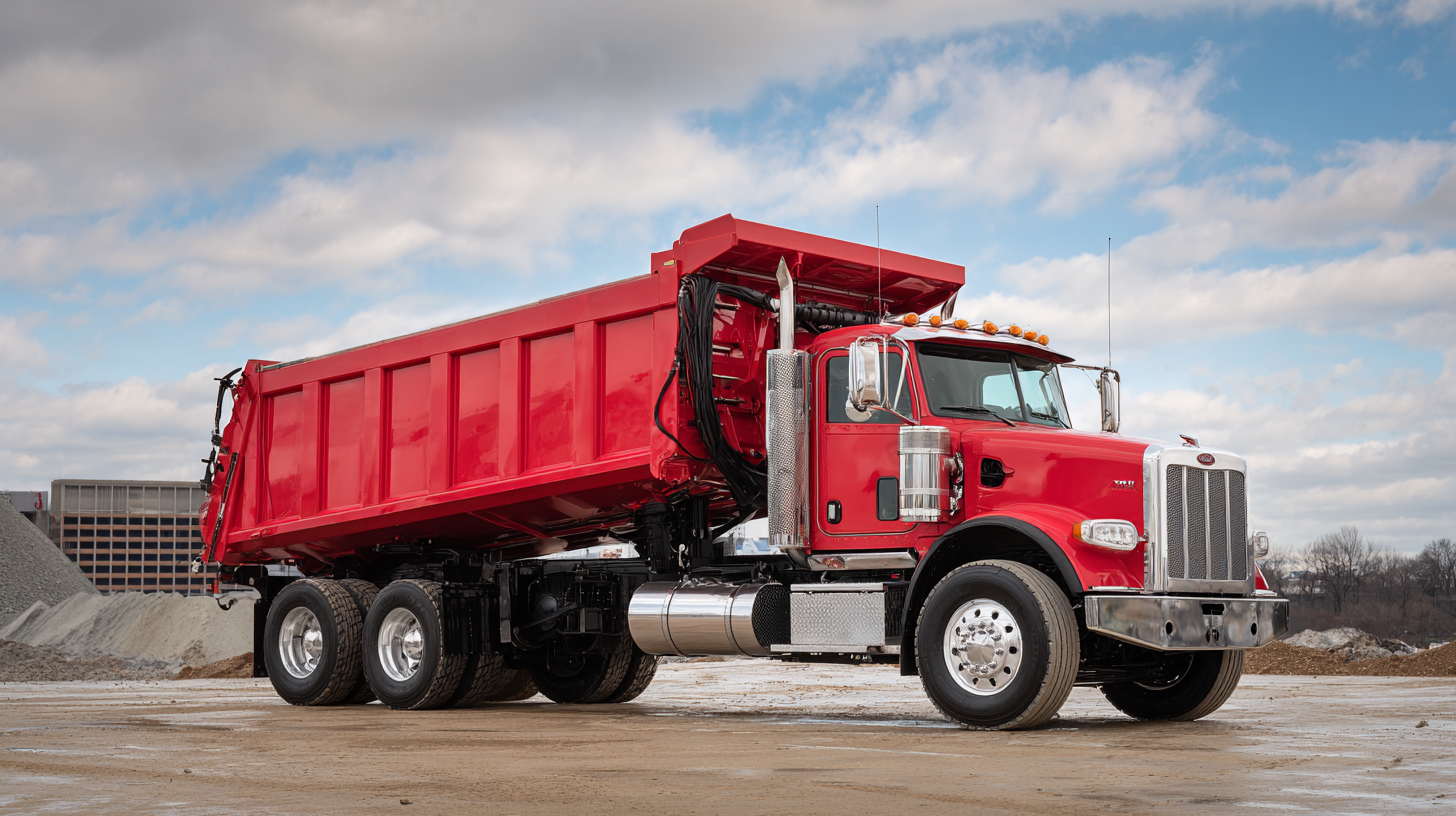
Related Posts
-
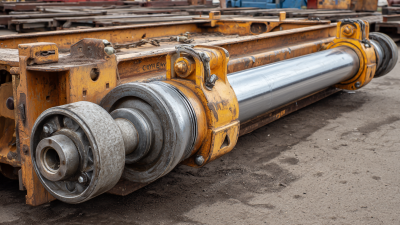
A Comprehensive Guide to Selecting the Best Hydraulic Cylinder for Your Trailer Needs
-
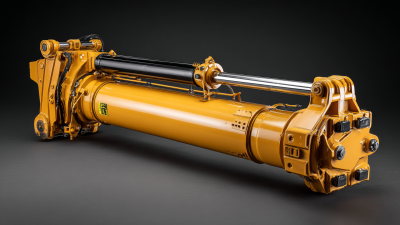
5 Reasons Why Our Best Excavator Hydraulic Cylinder Outperforms Competitors
-
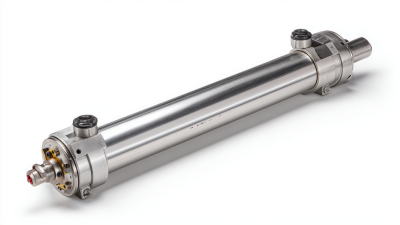
5 Best Features of Telescopic Cylinder You Must Know
-

The Ultimate Guide to Sourcing Telescopic Cylinders Underbody for Global Buyers
-

How to Choose the Best Hydraulic Cylinder for Your Trailer Needs
-

Exploring Alternative Solutions for Telescopic Cylinders Underbody Applications
